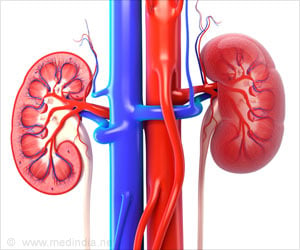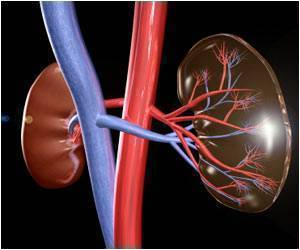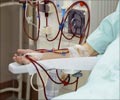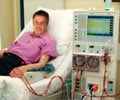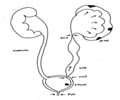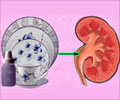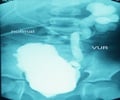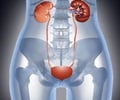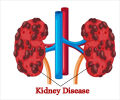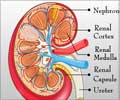Scientists have designed a new bio-hybrid kidney containing microchips that mimic functions of the kidney, with a potential to remove the need for a dialysis.
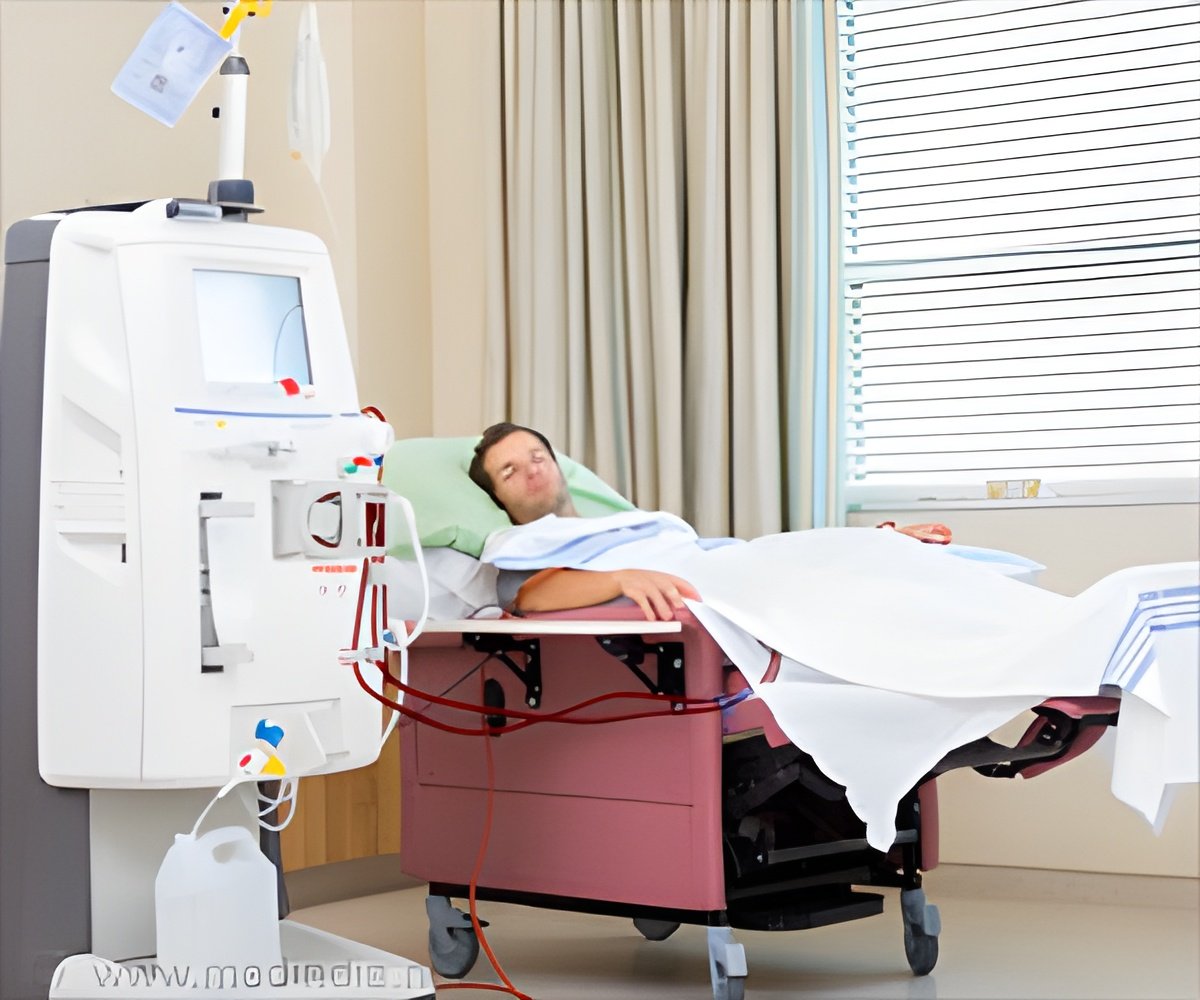
- Bio-hybrid chip mimics kidney functions
- The silicone chip is powered by the heart
- Removes waste, salt and water
- Could probably replace the need for dialysis in the future
In September 2015, the current project on artificial kidney transplantation into humans was to be included in the FDA's new Expedited Access Pathway program to speed development, evaluation, and review of medical devices which could be used to support fighting life-threatening or irreversibly debilitating diseases.
Burden of Kidney Disease
- Approximately, 30 million Americans suffer from chronic kidney disease
- In 2010, six million people worldwide were estimated to be requiring renal replacement
- A study conducted in Chennai, India showed that 8600 per million people suffered from kidney disease
Importance of Dialysis
In chronic and end stage kidney failure, doctors suggest dialysis as it aids in -- Removing waste, salt and water from the system
- Controlling the concentration of sodium, bicarbonate and potassium
- Maintaining blood pressure
Some patients find the process of dialysis painful when the needles are inserted into the grafts. Moreover, the procedure can be daunting for an elderly patient who is unable to bear the pain. The bio-hybrid kidney, designed by William H Fissell IV and colleagues including Shuvo Roy, if found to replace the need for dialysis, will be a boon for such patients.
Mechanism of Action
The device consists of approximately 15 microchips, stacked one on top of another. Lab-grown kidney cells will then grow on and around these microchips. This bio-hybrid device will then emulate the functions of the kidney and know the good from the bad, like Santa Claus, according to Fissell. Nutrients required by the body are absorbed by the device and the waste discarded.Highlights of the Device and Future Work:
- Waste is discarded and nutrients absorbed
- Scientists are trying to build it to the size of a soda can
- It is placed beyond the extent of the body’s immune system. Therefore, there is no rejection.
- The patient’s heart and blood flow aid in operating the device.
- Researchers are testing the device to identify areas that are at a risk of clotting.
- Mechanical stability was tested by exposure to -
- High flows - 200ml/min
- Pressure - 1,448mmHg
- Diffusive clearance in an albumin solution and whole blood and the flow rate was 25ml/min.
- Blood was driven across the membrane by arterial venous pressure without clotting.
The bio-hybrid kidney is expected to alleviate the pain associated with dialysis. While there are plenty of hopes pinned on the current prototype, it will be interesting to watch how this device is finally designed and the benefits it would bring.
- Reduce the pain associated with dialysis
- Lower economic strain
- Lessen the need for a kidney donor and risk of organ rejection
1. http://www.niddk.nih.gov/health-information/health-statistics/Pages/kidney-disease-statistics-united-states.aspx#3
3. http://www.ncbi.nlm.nih.gov/pmc/articles/PMC2845186/
4. https://www.kidney.org/atoz/content/dialysisinfo
5. Kim S, Heller J, Iqbal Z, Kant R, Kim EJ, Durack J, Saeed M, Do L, Hetts S, Wilson M, Brakeman P, Fissell WH, Roy S. “Preliminary Diffusive Clearance of Silicon Nanopore Membranes in a Parallel Plate Configuration for Renal Replacement Therapy.” ASAIO J. 2015 Dec 21
Source-Medindia

